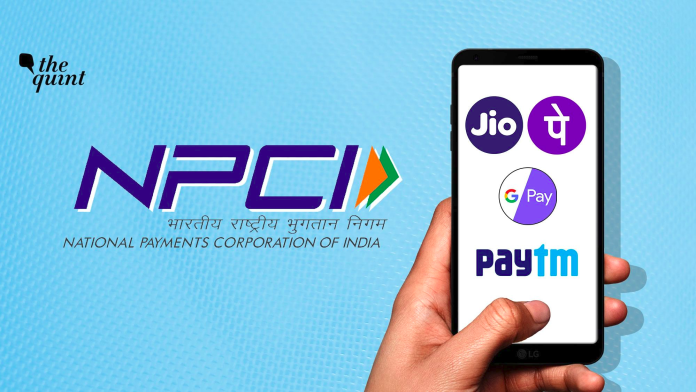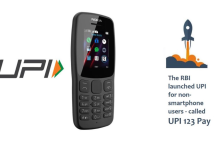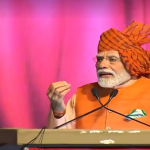Weeks after the Reserve Bank of India (RBI) issued a framework to allow offline digital payments, reports suggest that the National Payments Corporation of India (NPCI) is testing a system to facilitate such transactions.
Called UPI Lite, the solution will allow payments based on the Unified Payments Interface (used by apps like BHIM and Google Pay) to happen without an active internet connection.
Here’s all you need to know about how, and why, the RBI is taking digital payments offline:
How Will the New System Work?
Earlier this month, the Reserve Bank of India issued a framework which allowed offline digital payments – that won’t require internet or telecom connectivity – with certain conditions attached.
You will be limited to Rs 200 per transaction with an overall limit of Rs 2000 for offline transactions, after which you will have to replenish your balance by going online once more.
Under this new framework, users will be able to make offline payments face-to-face using various channels like cards, digital wallets and mobile devices, the RBI said in a press release. This mode of payment will be enabled only after obtaining specific consent from the customer.
The Reserve Bank has been conducting pilot experiments on offline transactions in different parts of the country since September 2020.
What are the Security Measures in Place?
The RBI, in its release, said that customers will be provided with protection under the provisions of circulars limiting customer liability, which will be amended from time to time.
“Customers also have recourse to the Reserve Bank Integrated Ombudsman Scheme for grievance redressal,” it added.
The RBI also said that the acquirer (the bank representing the merchant) “shall incur all liabilities arising out of technical or transaction security issues at merchant’s end.”
These transactions won’t require an Additional Factor of Authentication (AFA) like one time passwords (OTPs). However, since the transactions are offline, customers will receive SMS and email alerts after a time lag.















